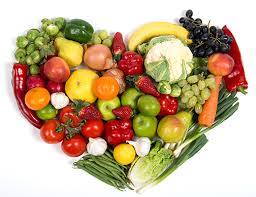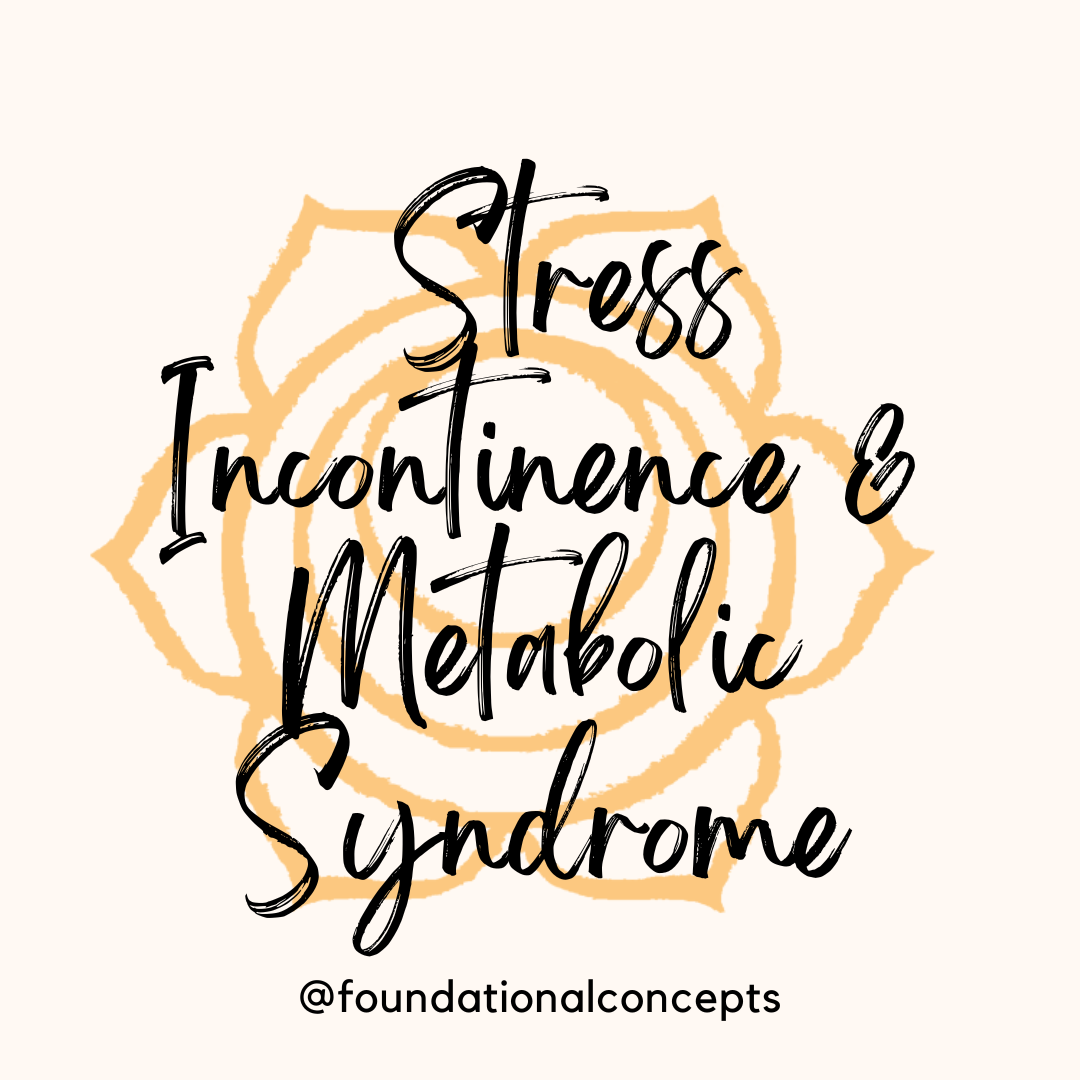Many women have vaginal dryness with menopause, when they are breastfeeding, or with long term…

Eating Healthy: an easy place to start!
As we all start a new year with new goals, let’s look at some ways to improve our diets. This is NOT a suggestion to go on a diet, or that one particular DIET is the answer. To be successful,l you want to look at a healthy, nutritionally balanced diet that can be sustainable for the long term.
One of our favorite resources for that is the Harvard Medical School’s Healthy Eating Plate Healthy Eating Plate | The Nutrition Source | Harvard T.H. Chan School of Public Health. This divides foods up differently than the food pyramid put out by the USDA. MiniPoster.pdf (azureedge.net) . The Harvard guide a more research based, and a better, more nutritional plan for healthy eating.
The Harvard Healthy Eating Plate divides foods into 6 categories that are focused on a plant-based diet with a quarter of the plate going to healthy proteins. Let’s look at these categories and what fits into each of them.
- Vegetables: The Healthy Eating Plate includes all vegetables except potatoes. Vegetables should make up more than a quarter of the plate and the more variety the better. Explore the produce aisle and try something new. Frozen and low sodium canned vegetables can also be included in the vegetable count. There are lots of good options of frozen vegetables—but try not to get the ones with sauces.
- Fruits: Again, all fruits count. There isn’t one magic fruit that is the cure all. However, a wide variety of fruits and vegetables included in your diet does decrease the risks of heart disease, cancer, and type 2 diabetes. Keep fruits out where you can see them—a bowl on the counter or cut fruit up and put it in the front of your fridge. Eat the rainbow!
- Whole grains: There are so many varieties of whole grains and whole grain products in the grocery to choose from. Whole grains can include barley, brown rice, buckwheat, quinoa, or whole oats to name a few. When looking for breads or pastas, look for labeling that states that it is whole grain or look for whole grains in the ingredient list.
- Healthy proteins: Our primary healthy proteins should include fish, poultry, beans and nuts. We want to limit our intake of red meats and cheeses. Bacon, cold cuts, and processed meats should be limited or kept in moderation.
- Healthy oils: Opt for unsaturated fats with cooking. These include olive, canola, sunflower, or soy oils. Saturated fats such as coconut or palm oils should be eaten in moderation. Trans fats—those found in processed foods—should be avoided as much as possible.
- Water: This can include water, tea, or coffee with little to no sugar. The Healthy Eating Plate encourages limited dairy of 1-2 servings per day and 1 small glass of juice daily. Avoid sugary drinks and diet colas as much as possible.
It is important as we look at making changes to not try to do everything at once. Choose one thing to add and do that for a few weeks or a month before you add another change. This helps to make the changes less intimidating and you will be able to stick with it for the long term.
A healthy, nutritionally rich diet promotes healthy everything! Your skin, hair, heart, immune system, nervous system, weight management, sleep habits and your gut! When your gut is happy and healthy, your whole body responds in a positive way. The most wonderful part of all of this is, it doesn’t take very long to see the changes. Just 10 days is enough to begin to feel the effects of healthy eating.
And don’t berate yourself when you slip up, and don quit either. Move forward, with healthy choices for the next meal, or snack or day!
Cheers to a new year and to healthy changes!




